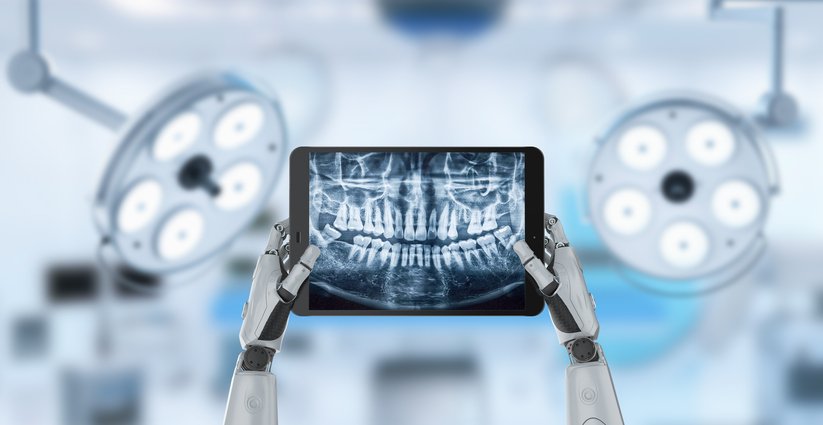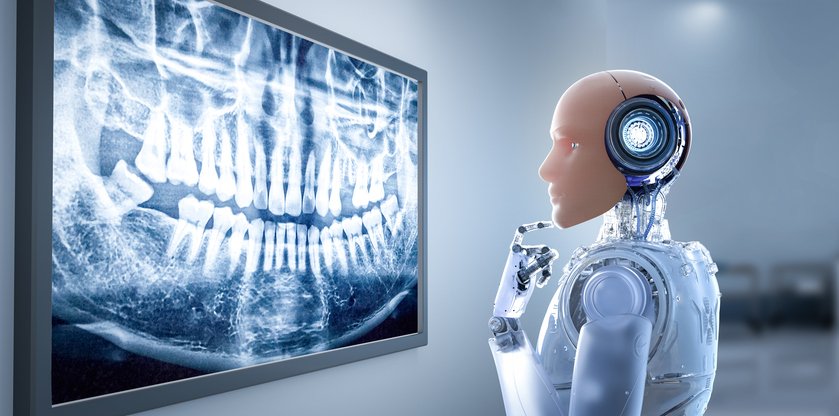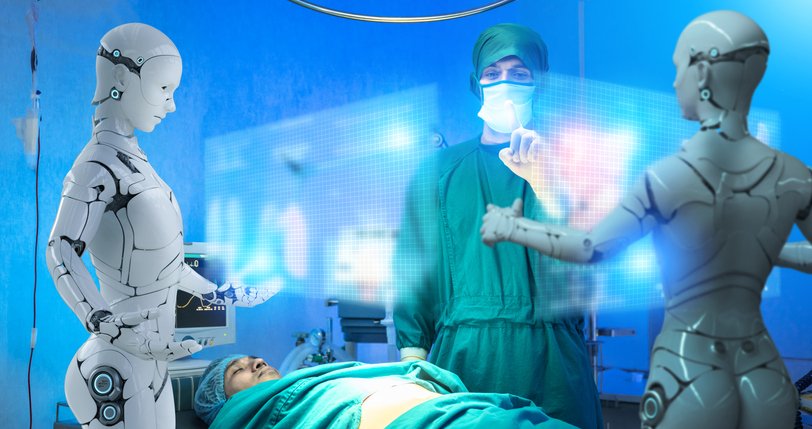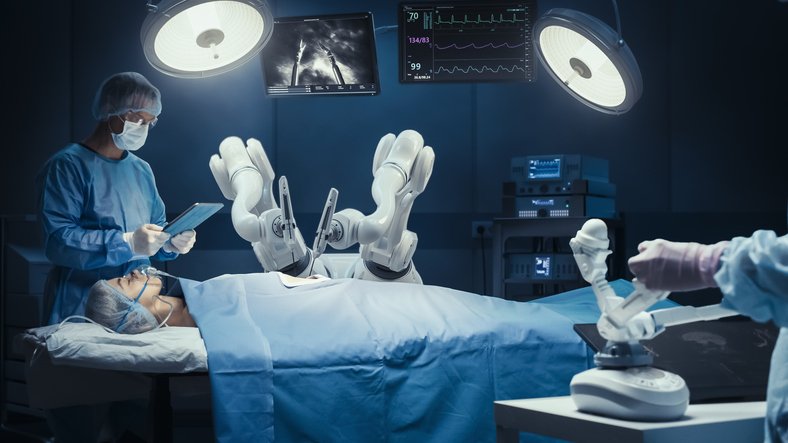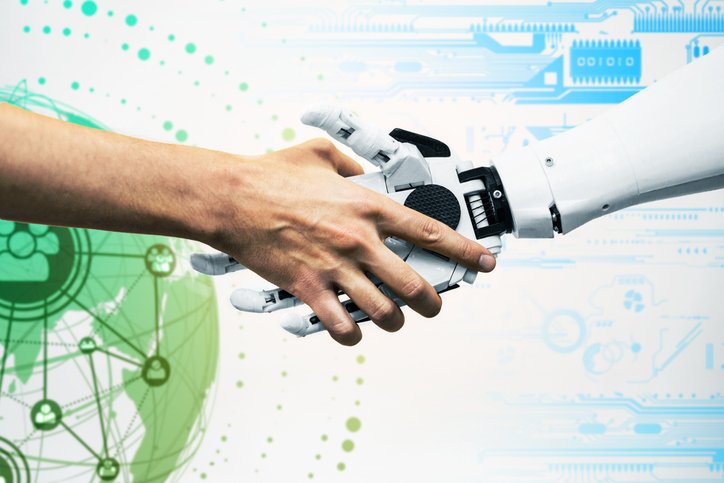AI-Driven Healthcare: A Companion, Not a Standalone Solution
Artificial intelligence (AI) has become increasingly integrated into various aspects of healthcare, including dentistry, where it aids in diagnosing issues found on radiographs. In my dental practice, the AI feature of my clinical software has proven to be a useful tool, particularly when it comes to detecting subtle issues like small cavities or other less common dental problems that might otherwise go unnoticed. However, while this technology has immense potential, it also comes with limitations. I've found that the AI can generate a significant number of false diagnoses, requiring me to exercise my professional judgment to differentiate between false positives and true findings. This experience has led me to ponder the broader implications of AI in medical diagnoses.
The Role of AI in Dentistry
AI's incorporation into radiographic analysis is a game-changer for many dental practices. Dental radiographs are critical in diagnosing a range of oral health conditions, including tooth decay, gum disease, bone loss, and even tumors. Traditionally, these diagnoses relied solely on the expertise of the dentist, which, while effective, has its limitations in terms of time and accuracy, especially when subtle or uncommon problems are present.
The AI in my software has shown proficiency in identifying early-stage dental decay, which is sometimes challenging even for seasoned professionals to catch. In this regard, AI can act as a valuable second set of eyes, ensuring that even the smallest anomalies are noted. According to a recent study published in Nature Digital Medicine, AI algorithms have been developed to assist in detecting dental caries, periodontal disease, and other oral conditions with high accuracy, showing a sensitivity of around 75-95% depending on the specific condition being analyzed. These advancements reduce the chances of human error and can ensure early treatment, which is crucial in preventing further dental complications.
However, AI doesn't always get it right. I've encountered cases where the AI flagged areas on radiographs as problematic—such as suggesting cavities or bone loss—only for me to confirm through manual evaluation that these diagnoses were incorrect. These false positives are problematic because, if not identified by a trained professional, they could lead to unnecessary treatments, increased costs, and undue stress for patients. This is why I emphasize the importance of human intervention alongside AI technology in clinical practice.
AI in Broader Medical Diagnoses: Strengths and Challenges
Dentistry is not the only field where AI is being used to assist in diagnoses. AI technologies are increasingly deployed in other medical domains, from detecting cancers in imaging scans to predicting the onset of diseases based on patient data. AI can process vast amounts of data much faster than humans and identify patterns that might be too subtle for the human eye to detect. In a 2024 paper published in Nature Digital Medicine, researchers found that AI algorithms are capable of outperforming human radiologists in detecting certain types of cancers, such as breast cancer and lung cancer, when provided with high-quality image data.
However, much like in dentistry, AI in broader medical fields is prone to errors, particularly false positives. While AI might identify a potential tumor on a scan, this could be a benign area of abnormality that doesn't require treatment, leading to unnecessary biopsies or surgeries if not confirmed by a trained radiologist. A study in The Lancet revealed that while AI can enhance the sensitivity of diagnoses, its specificity—that is, its ability to avoid false positives—still lags behind that of trained human professionals.
These errors are not trivial. False positives in medical diagnoses can result in increased patient anxiety, unnecessary treatments, and additional healthcare costs. In some cases, this can even lead to harm if patients undergo unnecessary invasive procedures. Moreover, AI systems are only as good as the data on which they are trained. If the training data is incomplete, biased, or flawed in some way, the AI's performance will suffer, potentially leading to systemic errors that affect large numbers of patients.
The Human Element in AI-Assisted Diagnoses
The most significant issue with AI in clinical settings is that, while powerful, it lacks the nuanced understanding that comes with years of medical training and human experience. AI systems operate based on patterns learned from data, but they don't possess the capacity for clinical reasoning. They can't take into account the broader context of a patient's health, their medical history, or their unique circumstances, which are crucial factors in making an accurate diagnosis.
In my practice, I rely on AI to flag potential issues, but I never make a final diagnosis without carefully reviewing the radiographs myself. In cases where the AI identifies something suspicious, I use my training to assess whether the flagged area is truly concerning or whether it's a false positive. For example, AI might misinterpret a shadow on a radiograph as decay when, in fact, it's just an artifact of the imaging process or a normal anatomical feature. My experience allows me to make these distinctions, preventing unnecessary treatments that could arise from over-reliance on AI.
As the Nature Digital Medicine paper highlights, the optimal use of AI in clinical settings is as a tool to augment, not replace, human decision-making. Combining AI's ability to process vast amounts of data quickly with a clinician's judgment is the ideal model for improving patient outcomes.
AI and Patient Trust
One aspect of AI in healthcare that cannot be ignored is patient trust. Patients are understandably wary of relying on machines to make decisions about their health, especially when those decisions could have significant consequences. A 2022 survey published in the Journal of Medical Ethics found that while patients generally trust their doctors, they are less comfortable with the idea of AI-driven diagnoses, with many expressing concerns about the potential for errors and the loss of the "human touch" in medicine.
This concern is equally relevant in dentistry. Patients want to know that their dentist is making decisions based on expertise and experience, not just following a machine's recommendations. I make it a point to explain to my patients how the AI works, what it has identified, and why I either agree or disagree with the AI's findings. This transparency helps build trust and ensures that my patients feel confident in their treatment plans.
The Future of AI in Medical Diagnoses
AI in healthcare is still in its early stages, and as the technology continues to improve, its role will likely expand. Already, AI is being used to predict disease outbreaks, optimize treatment plans, and even assist in surgical procedures. However, the technology will never fully replace human clinicians. As my experience with AI in dentistry has shown, AI is an invaluable tool, but it must be used with caution and always in conjunction with human expertise.
In conclusion, AI has the potential to revolutionize healthcare by improving the speed and accuracy of diagnoses, but it is not without its limitations. False positives remain a significant challenge, and AI cannot make the nuanced, context-based decisions that humans are capable of. In my practice, AI serves as a helpful assistant, but I always rely on my training and experience to make the final call. As AI continues to evolve, we must remember the importance of the human element in medicine. Technology can assist, but it can never replace the critical thinking and empathy that define good healthcare.
